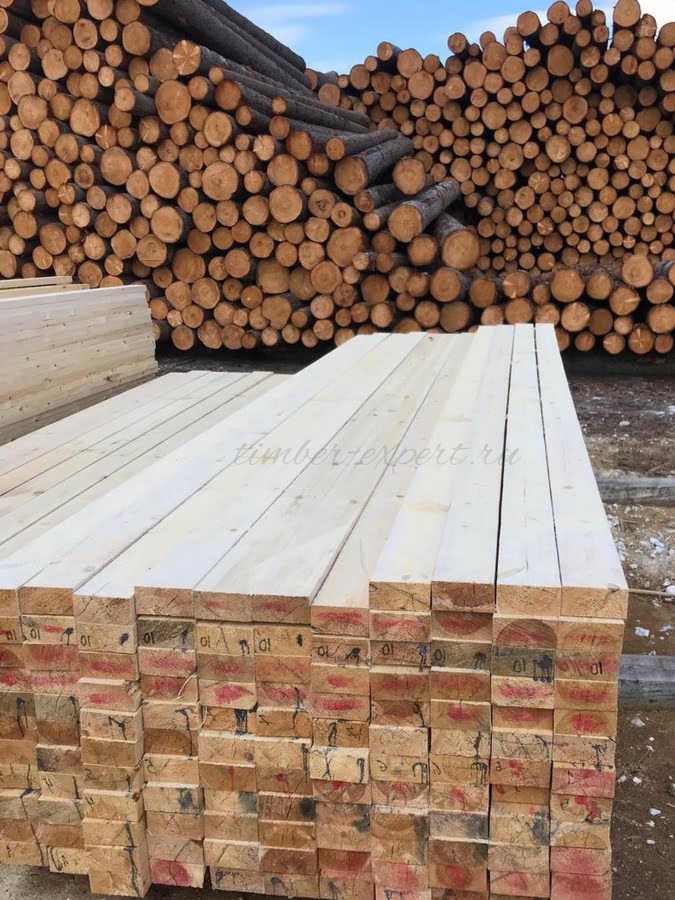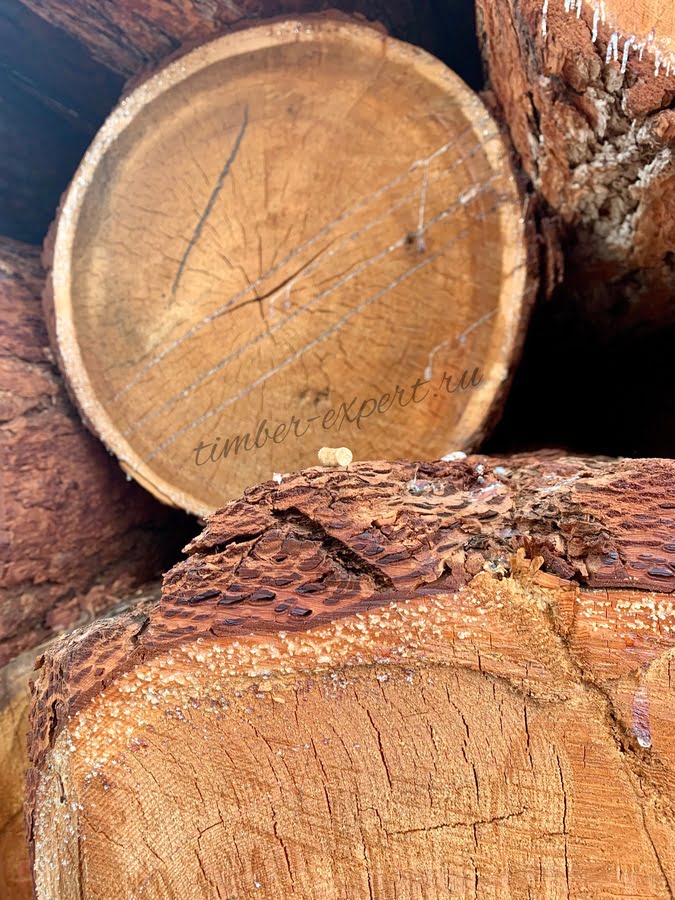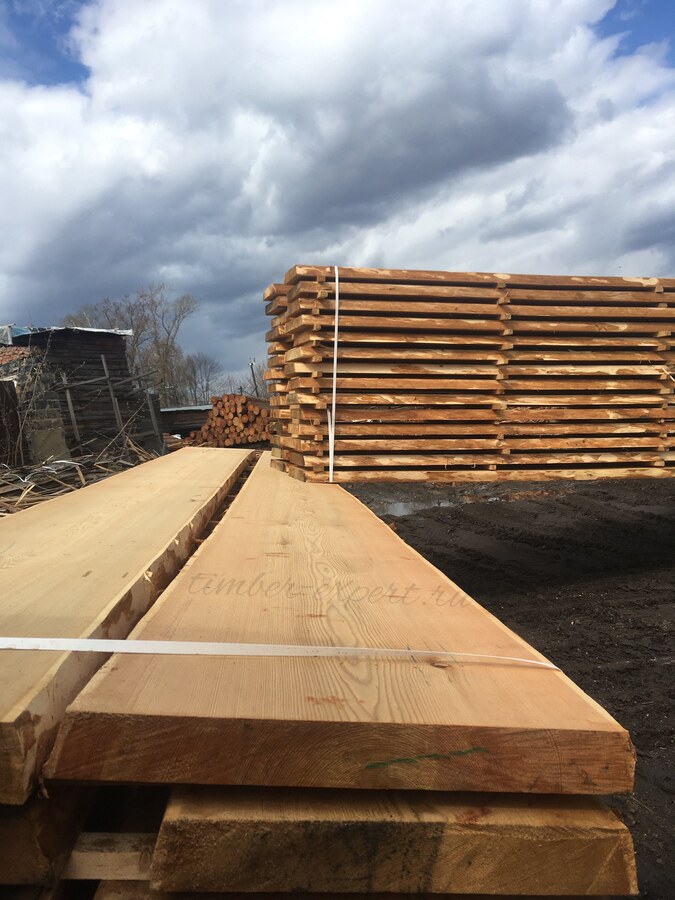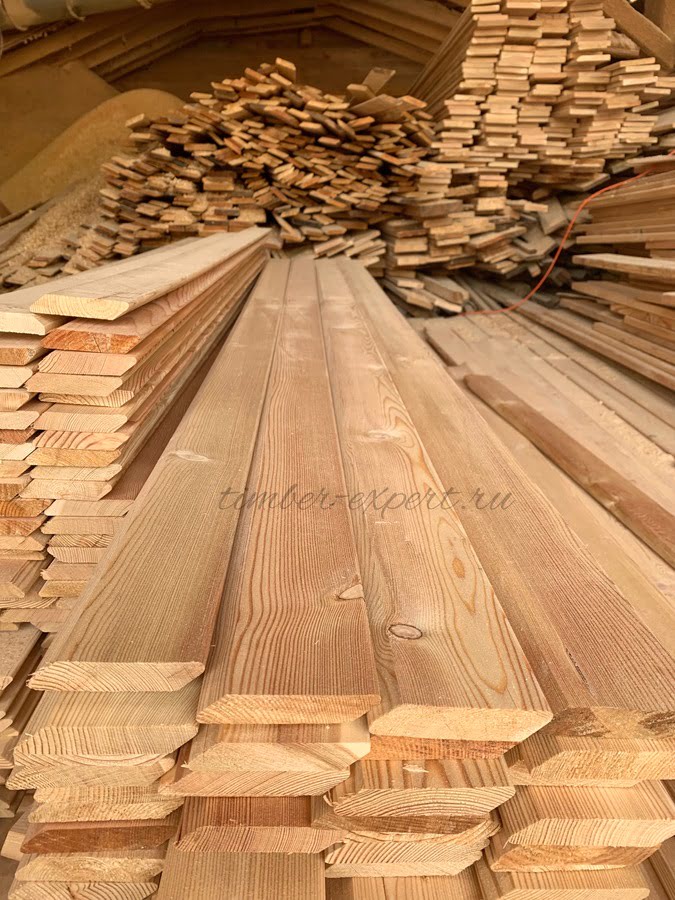2023 Forecasts for the Russian Timber Industry Amidst Global Trade Challenges
Unveiling the Truth: How will the Russian Timber Industry overcome its challenges in 2023?
In the grand game of global commerce, Timber Expert stands as an insightful guide, showcasing the intricate twists and turns of Russian timber exports. Join us as we peel back the layers of the industry's evolution in 2023, highlighting the impact of sanctions, market shifts, and the resilience of the Russian timber industry.
2023's Russian Timber Trade: Anticipations vs Outcomes
The Russian timber trade witnessed a significant shift in 2022, with exports of unprocessed timber plummeting by a staggering 70% to 3.8 million m3. This considerable downturn was instigated by the Russian Government's decree № 396, enacted on 18th March 2021, limiting the exports of unprocessed and coarsely processed softwood along with valuable hardwood timber from the start of 2022. Concurrently, exports of sawn timber experienced a lesser decline of 20.8%, with volumes reaching 23.3 million m3 in 2022. This decline was predominantly influenced by the EU embargo on almost all products originating from the Russian timber industry, enacted in July 2022.
Evaluating the Impact: A Year After Sanctions
So, how is the Russian timber industry holding up after the imposition of these far-reaching sanctions, and has it effectively diverted export streams and incited domestic demand?
A Dip in Timber Exports
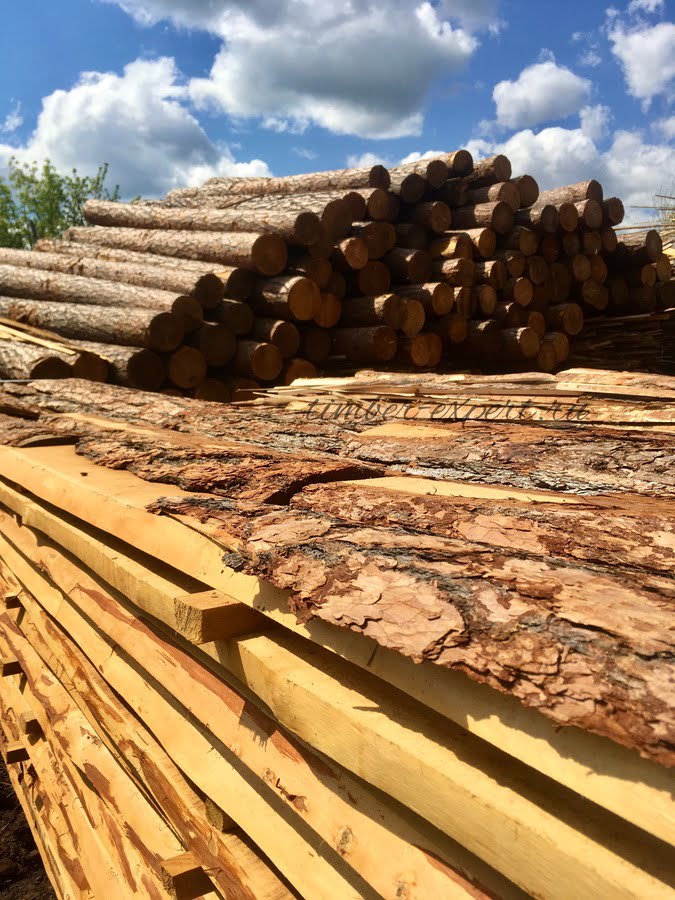
The past year has seen a significant in the number of countries importing Russian timber, down to just 28 from a consistent range of 105-110 in the previous decade. The timber exports for Q1 2023 were noted at 4.6m m3, marking a 23% decrease from the same quarter of 2022.
In the first three months of 2023, sawn timber exports from Russia amounted to 3.3 million m3, distributed as follows:
- China received 3.3m m3, a modest increase of 1% Year-on-Year (YoY) in Q1 2023;
- Uzbekistan imported 525,000 m3, registering a 15% YoY rise in Q1 2022;
- Shipments to Tajikistan saw a remarkable 129% surge to 143,000 m3;
- Israel's imports rose by 68% to reach 57,000 m3;
- Most other destinations, however, demonstrated a downtrend, and notably, Europe was entirely eradicated from the list of Russian lumber recipients.
Realigning Russian Timber Trade
While the government directive and EU embargo have significantly impacted the Russian timber industry, they have also presented opportunities for realignment and growth. By identifying new markets and fostering domestic demand, the sector can maneuver its way towards recovery.
Understanding the changing landscape and the impacts of these shifts is crucial for stakeholders in the timber trade. Whether for investors, suppliers, or policymakers, this insight will prove essential in charting future strategies, ensuring resilience and continued growth despite the prevailing challenges.
Notwithstanding the adverse conditions, several encouraging trends have surfaced in the current market environment. Russia's lumber exports to China, for instance, have shown a consistent uptick for four consecutive months. In addition, logistical corridors are progressively widening, with carriers providing reasonably affordable rates for container shipments originating from Russia's European regions.
Encouraging Signs in Spring 2023
In the spring of 2023, the Russian lumber industry demonstrated promising results, and with the construction season commencing early, the domestic market anticipates strong performance.
Further boosting the sector, the devaluation of the ruble has significantly benefited Russian exporters. Throughout April, the exchange rate remained consistently above 80 RUB/USD, compared to around 70 RUB/USD in the January-February period. The average RMB exchange rate in April stood at 11.74 RUB/RMB, up from 10.42 RUB/RMB in January-February. An examination of Q1 2023 transactions revealed that about 75% of total lumber exports were transacted in RUB and RMB.
The Silver Lining for the Russian Timber Industry
Despite enduring a tumultuous phase marked by significant shifts in market dynamics, the Russian timber industry is showing resilience and adaptability. The industry's recent performance, in the wake of a challenging period, underlines the strength of its fundamentals. The continuous growth in exports to China, coupled with a favorable exchange rate scenario, underscores the potential for future growth.
As the construction season kicks off, domestic demand is set to surge, further fuelling the industry's growth. And with broader logistical corridors and affordable shipping rates, the industry is well-placed to navigate through the current headwinds, laying the foundation for a robust and resilient future.
These insights provide valuable understanding for key stakeholders in the timber industry – from producers and exporters to investors and policymakers. This information is critical to devising strategies that can leverage the current trends, fostering resilience and growth amidst the ongoing challenges.
Major Obstacles: The Logistics Dilemma
The timber industry is among the sectors most impacted by recent developments. Data from the Institute of Natural Monopoly Problems (IPEM) reveal that timber product shipments to the primary crossing points in the North-West saw a drastic year-on-year drop of 81.5% in Q1 2023. Meanwhile, southward movements decreased by 70%. Even deliveries to the Far East, though less affected, declined by 12.8%. A key deterrent to attracting additional timber volume to this region is the limited capacity at the Eastern landfill. Current logistical difficulties in the Siberian regions have forced some companies to scale down or temporarily halt operations.
Between January and April, a total of 9.4 million tonnes of timber products were loaded on the Russian Railways network, marking a decrease of 22.1% compared to the same period last year. Despite the gradual decrease in this lag compared to 2022 levels, the drop in loading remains significant.

Bureaucratic Hurdles
Further compounding the situation, Russian lumber exporters have faced obstacles in obtaining approvals for GU-12 (Goods Movement Order Form) applications. This issue particularly impacts small and medium-sized enterprises, as approvals are primarily granted to large timber companies with an end-to-end production cycle, from logging to timber processing.
Navigating Towards Recovery
In response to these challenges, the Russian timber industry is focusing its recovery efforts on penetrating new markets and increasing demand from China, its main importer. However, the successful delivery of timber products to international markets heavily relies on the capacity of rail transport.
This overview of the challenges faced by the Russian timber industry provides crucial insights for key industry stakeholders. Understanding these complexities can help in crafting strategies to navigate through the logistical and bureaucratic hurdles, thereby positioning the industry for resilience and growth amidst these daunting challenges.
Government Interventions: Aiding the Timber Industry
In February 2023, the President of the Russian Federation endorsed a series of measures aimed at bolstering the timber industry. This included directives for the government and Russian Railways to prioritize the transportation of timber cargoes. An interdepartmental working group has since been established to tackle this issue and is tasked with drafting a regulatory document for the approval of new GU-12 forms. Nonetheless, this is a complex undertaking that could require substantial time.

A Boost in Domestic Consumption
According to Rosstat, timber production in Q1 2023 registered a 7% decrease. This decline in demand from timber mills has also led to a drop in logging activities within the country. Based on preliminary estimates by WhatWood, sawn timber production in Russia in Q1 2023 fell by 11% YoY, reaching around 9m m3. However, a promising upturn was observed in March 2023, with production increasing by 23% compared to the previous month. By April 2023, production levels matched those of April 2022, when all export markets were still accessible.
As mentioned earlier, Q1 saw a 23% decline in sawn timber exports compared to the same period in 2022. This left the domestic market with about 4.4 million m3 of lumber, accounting for 48% of Q1 2023's sawn timber production. Hence, the domestic market is becoming an increasingly significant player for Russian producers of sawn timber and other timber products.
Industry Support Measures
Business associations, including the Russian Timber Association and OPORA RUSSIA, continue to develop support measures for the industry. In late April 2023, OPORA RUSSIA submitted a proposal to Deputy Prime Minister Viktoria Abramchenko. The proposal suggested eliminating export duties on non-dried lumber and extending timber transportation subsidies to all Russian seaports. Such initiatives could provide much-needed support to small timber processors amidst the drop in exports. An alternate proposal suggests imposing a minimum duty of 1 per cent for three years, followed by a gradual increase to a barrier level.
In response to these initiatives, the government has resolved to assist timber producers navigating a challenging economic climate by altering the order of priority for rail freight transportation. Under certain conditions, timber products can now be prioritized for loading on limited routes.
These government interventions, coupled with an increase in domestic consumption, provide a glimmer of hope for the Russian timber industry. The ongoing adjustments to policy and operational frameworks aim to mitigate the current challenges and create an environment conducive to growth and recovery.
Projections for 2023
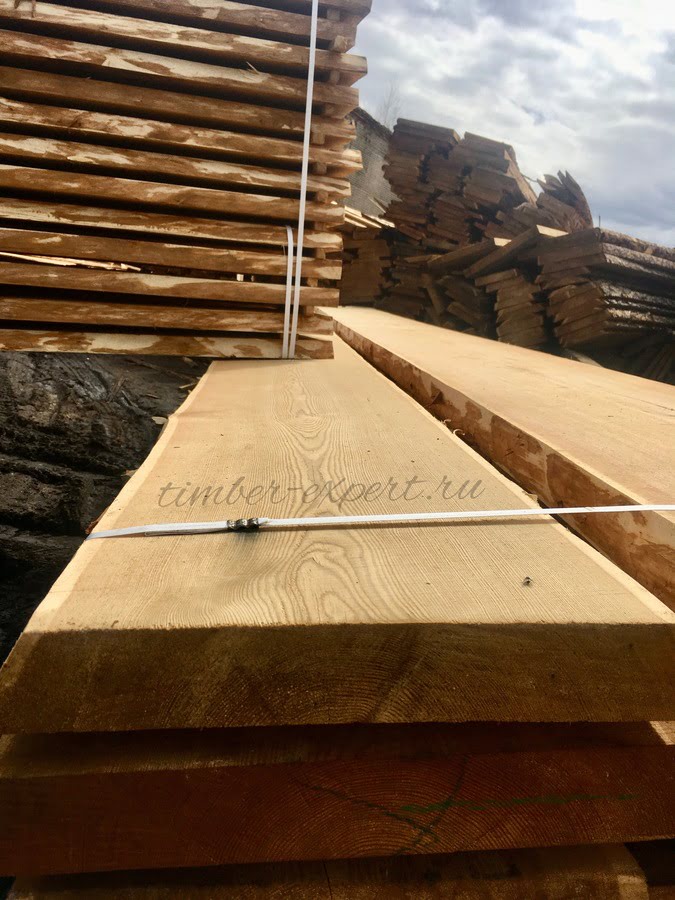
The outlook for 2023 largely hinges on the expansion of bottlenecks for exporting Russian timber products - namely, an increase in supply channels via sea and land, coupled with reduced freight rates.
During the first quarter of 2023, business activity in most global lumber consumption markets has been noticeably subdued, leading to high stockpile levels that are nearing historical peaks. Concurrently, construction activity in many countries remains sluggish.
A successful year for the Russian Lumber Industry Complex (LIC) in 2023 would entail sustaining the performance level of 2022. However, a downward trend is likely for major commodity groups. Here are the export expectations for the industry in 2023:
- Sawn timber: 21-22 million m3, marking a decrease of 5-10% from 2022 levels;
- Plywood: 1.7 million m3, down by 10-15% compared to 2022;
- Oriented Strand Board (OSB): a 20% decrease from 2022, down to 300,000 m3;
- Pellets: a sharp reduction of 50% to 0.8-0.9 million tonnes.
A steady recovery in demand for these primary products is not anticipated until 2024.
These forecasts present a realistic picture of the industry's potential performance in 2023, given the prevailing conditions. While these projections may seem challenging, they also underscore the need for proactive strategies to navigate the industry through this transitional period and lay the groundwork for recovery beyond 2023.
Embark on an enlightening journey as we delve into the intriguing "War on Timber: Europe vs Turkey". This comprehensive article reveals the fascinating dynamics of the price differential for Siberian larch amidst sanctions and larch rebates. As sanctions and policies reshape the timber industry, learn how they impact your choices and the market at large. If you've ever wondered about the geopolitical influences on the cost of your favorite wood or are keen to understand the intricacies of the timber market, this is a must-read. Click here to unravel the complexities of the timber war between Europe and Turkey, and gain insights into how this global standoff impacts the pricing of Siberian larch. Don't miss out on this revealing exploration of the timber industry.

Concluding Thoughts
The landscape of the timber industry is constantly evolving, responding to global economic shifts, regulatory changes, and sanctions. Amid these challenges, the tenacity and adaptability of the Russian timber industry, especially with regard to Siberian larch lumber, remain commendable.
Despite facing the headwinds of sanctions, our doors at Timber Expert remain wide open for business. We're committed to providing premium quality Siberian larch lumber, known for its exceptional durability and aesthetic appeal. This product, hailing from the taiga of Siberia - the larix sibirica - is a testament to our dedication to offer only the best to our clients.
We continue to maintain our export operations to Europe and the rest of the world. Our range of products is not limited to just lumber; we also provide kiln-dried, planed wood products from authentic larix sibirica. It's not just about overcoming adversity but transforming it into an opportunity for growth and connection with our global clientele.
At Timber Expert, we always welcome you, no matter the circumstance. We're here to meet your timber needs with an unwavering commitment to quality and service. Despite the chess game of global trade, we stand ready to make our next move. We invite you to join us on this journey and explore the wonders of Siberian larch lumber with us.
Manufacturer of high quality wood products & timber supplier,
Timde Expert

